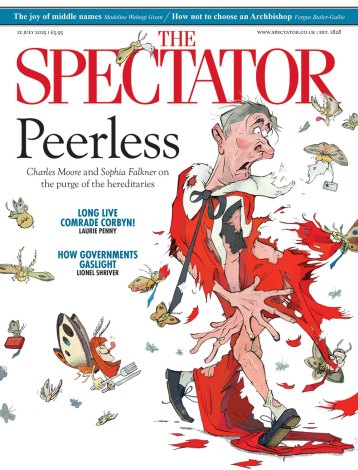Divorced. Beheaded. Died. Divorced. Beheaded. Survived. Nearly 500 years after the death of Henry VIII, can there be anything new to say about his queens: Katherine of Aragon, Anne Boleyn, Jane Seymour, Anne of Cleves, Katherine Howard and Katherine Parr? Does the world need another book about this sextet?
The answer to both questions, as this elegantly written and sumptuously illustrated volume makes clear, is a resounding yes. Published to coincide with the National Portrait Gallery’s exhibition of the same name (20 June-8 September), Six Lives is a collection of concise, accessible essays written by experts with specialist knowledge of Tudor painting, music, jewellery, manuscript illumination and book binding, among other topics. What makes the book so engaging and rewarding is that one comes away from it with a palpable sense of Henry’s queens as individuals, each possessed of a distinct life and afterlife.
Some of the nearly 200 illustrations are well-known images – none more so, perhaps, than Hans Holbein the Younger’s 1539 painting of a richly attired Anne of Cleves in three-quarter length, hands clasped demurely in front of her at waist level. This is the portrait which persuaded Henry to take the sitter as his fifth wife, only for him to exclaim with dismay, upon seeing her in the flesh, that she was not so fair as he had been led to believe. It was a turn of events which contributed to the fall of Thomas Cromwell – though Holbein, unlike Cromwell, kept his head.
One of the volume’s many pleasures is the way in which familiar images sit cheek by jowl with lesser-known ones. Holbein’s Anne of Cleves, for example, is juxtaposed with later copies by other painters, including the Pre-Raphaelite Richard Burchett and the Impressionist Edgar Degas. A direct line of descent is drawn, too, from Holbein’s meticulous rendering of Anne of Cleves’s clothing and jewellery to the costume designs for her character in several semi-fictionalised dramatic productions, from the BBC’s The Six Wives of Henry VIII (first aired in 1970, just as colour television was becoming more widely available) to the 2021 RSC staging of Hilary Mantel and Ben Miles’s The Mirror and the Light.
Portraiture is the chief lens through which this book considers the lives and legacies of Henry’s queens. But many other types of cultural artefacts – ranging from jewels to maps, musical instruments and furniture – are also mined for what they reveal about these women. A choir book linked to Katherine of Aragon, for example, is shown to be a moving testament to the ‘brutal cycle of hope and despair’ in which Henry’s first queen – desperate to produce a male heir after the death of one son, followed by multiple stillbirths and miscarriages – found herself trapped. Not only does it feature a motet by Jean Mouton calling upon St Anne, the patron saint of mothers and pregnancy, to bring forth children, but its exquisite illuminations, by the Fleming Petrus Alamire, include – rather suggestively – a flower in which the stamens have been replaced by the initials ‘H’ and ‘K’.
By the same token, a letter from Katherine Parr to the King, written a little over a year into their marriage, helps to excavate the experiences and personality of Henry’s sixth queen. Like everything else to which she put her name as queen, this missive is signed ‘Kateryn the Queen KP’ – the use of the ‘KP’ monogram an apparent attempt, by the third Queen Katherine in the space of just ten years, to assert a distinct identity for herself. If so, the strategy was only partially successful. Katherine Parr may have distanced herself from both Katherine of Aragon and Katherine Howard; but, until recently, her image has often been confused by posterity with that of her one-time ward, Lady Jane Grey.
Divorced. Beheaded. Died. Divorced. Beheaded. Survived. This book of essays has liberated Henry VIII’s queens from the reductive tyranny of a pithy, six-word rhyme.







Comments